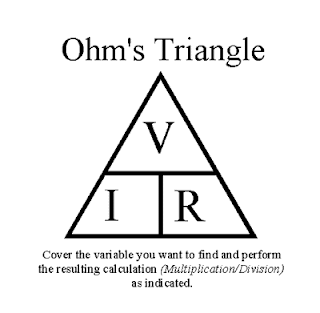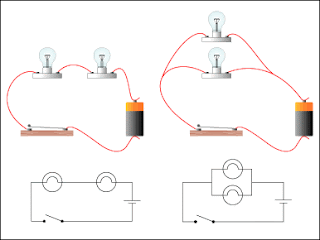Our last and
final step/post in this is about electrical power. Rather, how electricity is
generated and manages to arrive at your home and consistently work.
In
order to produce electricity, most times than not, spinning turbines are
needed. The turbines, powered by wind, coal, or water, spin rapidly around a
coil of wire with a magnet inside of it. The rapid movement causes the
electrons to move and produces an electrical current. It, then, is put through
as series of transformers that increase the voltage of it in order to go
through thick transmission lines. This is because there are long distances, and
the high voltage makes it able to last. The electricity is finally distributed
through a substation, stepping down the voltage so that it fits the home. It
goes through the electric meter into the home’s network and just like magic,
the power is on!
If
you look around your area of living, you may see a green box or something of
that sort—that’s a distributor! It’s what powers your home. When you touch it,
it’s warm because it’s moving all this electricity and particles around that it
just has to be warm.
Of course, there are more
complicated steps that require math and programs and such, but that is the
generalized process of it.
Thank you for learning with us!
~The
Scientists





